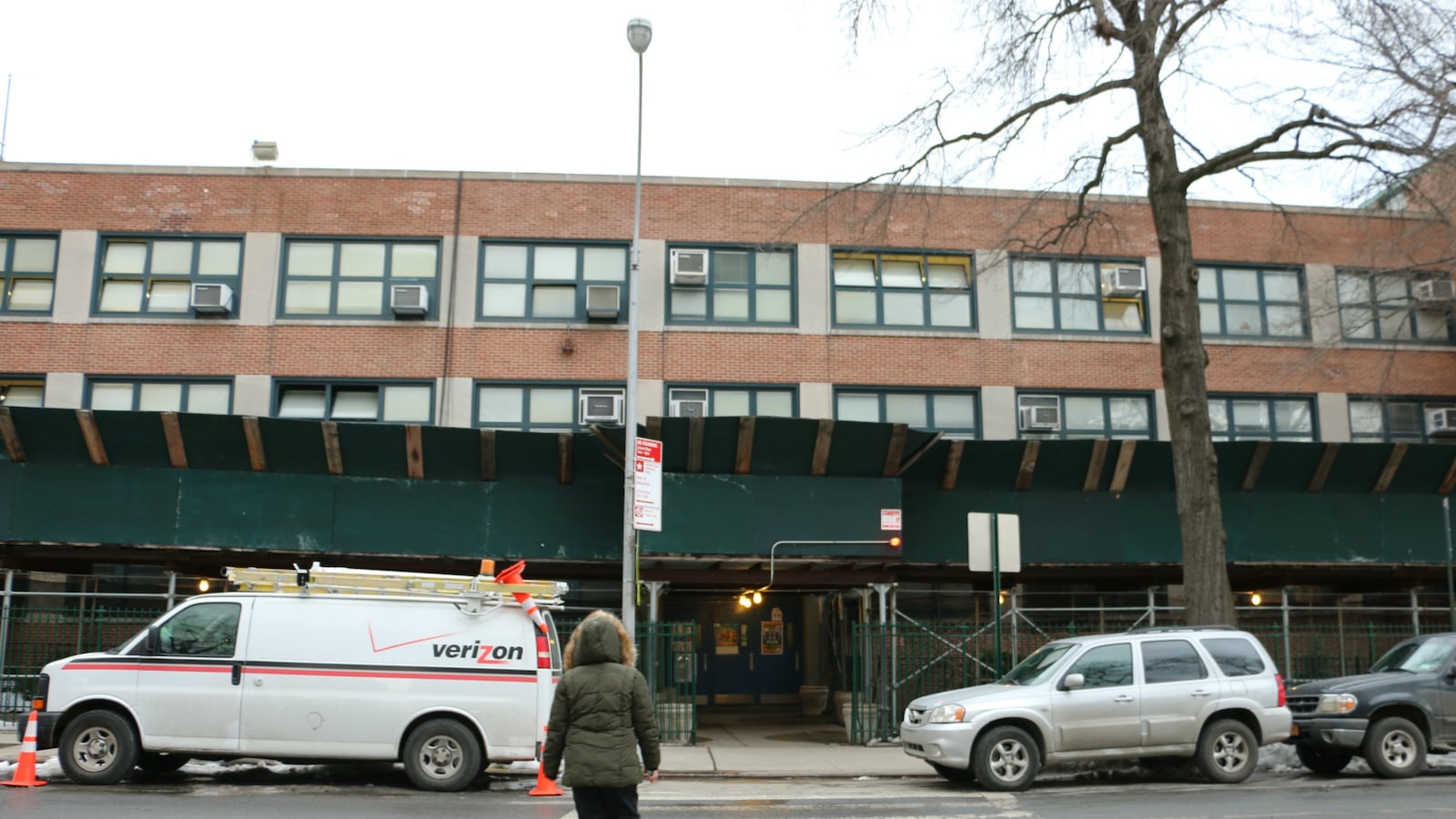It might not be surprising to hear that students in run-down school buildings tend to have lower test scores and higher rates of absenteeism compared to students with access to better facilities. But a new study finds that the buildings themselves might be partly to blame.
In a June study of 236 New York City middle schools, Cornell University professor Lorraine Maxwell found that building conditions strongly influence a school’s social climate. Physical problems recorded at the schools — including a lack of windows, low indoor air quality, leaking roofs and water stains — were correlated with students’ negative perception of their schools’ social climate. In turn, students in the problem-plagued schools were less likely to go to school, and their high absenteeism resulted in lower test scores.
The study, published in the Journal of Environmental Psychology, used Department of Education data on the buildings’ physical condition and student surveys on social climate, controlling for students’ race and socioeconomic status. According to Maxwell, building conditions and the subsequent negative perception of social climate explained about 70 percent of the variation in test scores between schools.
“If schools looked better, then kids would come more,” Maxwell said. “When buildings are cared for, students and teachers think, ‘What happens here is important, and what we’re doing is important.’”
Past research has also shown a relationship between school conditions and student perceptions of self-worth or how much the school values its students, two factors that can discourage attendance.
For policymakers, the study concludes that well-maintained buildings are necessary for student success. It’s an issue that Maxwell says affects poor and minority students in particular as they tend to be clustered in more poorly-kept schools.
“Low socioeconomic status or high percent minority is used to explain low performance, but building conditions are also a part of that,” Maxwell said. “That’s even more reason for those schools to be in better condition to reduce that effect.”

